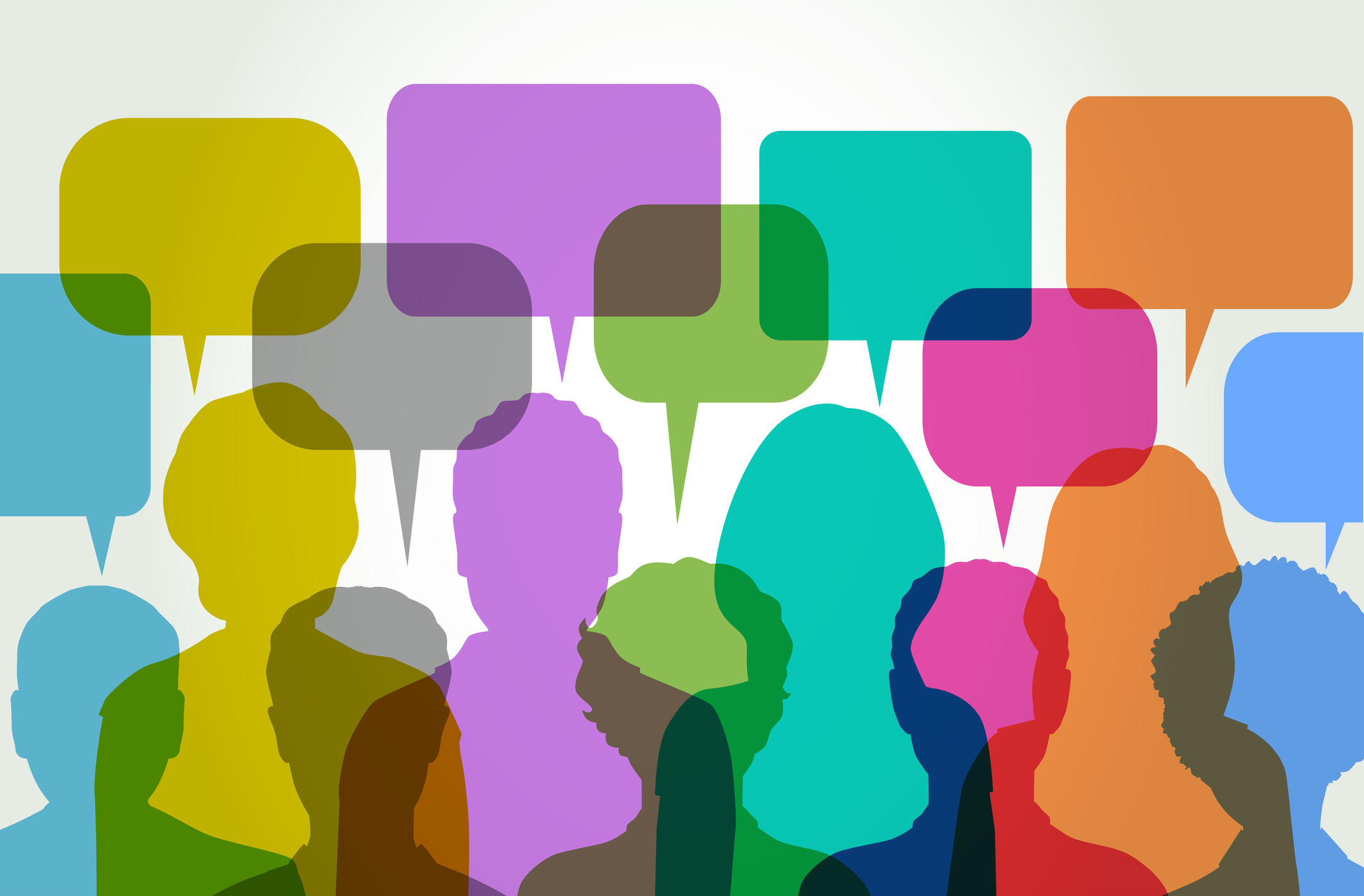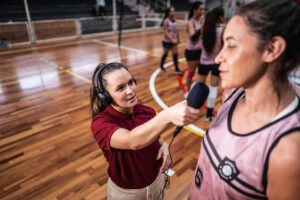Inclusive language and accessible design are closely connected. Here’s how.
Follow these tips to get started on crafting inclusive and accessible communications that create a safe and welcoming workplace for everyone.

The ways we communicate with employees can build bridges and foster understanding when done right. On the other hand, if done incorrectly, they have the capability to alienate and cause harm.
Inclusive language and accessible design acknowledge the full range of human diversity with respect to ability, gender identity, language, race, socioeconomic status, and other characteristics. Implementing these principles help people who have been historically marginalized feel included and can make a difference in creating a truly equitable workplace.
Adapting inclusive language and accessible design in your day-to-day communication is not a difficult task. Here are four simple best practices that will allow you to communicate effectively with your employees:
1. Use gender-neutral language.
As communicators, we can set an example by using language that allows individuals of different gender identities and expressions to feel included and represented. Words and phrases like “guys,” “boys and girls,” and “businesswoman” are unnecessarily gendered and exclusionary. Swap these words with neutral alternatives like “folks,” “children,” and “businessperson.”
2. Diversify company designs and images.
Visuals help messages stand out and deliver information in a compelling way. Therefore, selecting visuals that represent your organization’s full spectrum of employees is crucial. You can make visual content inclusive by featuring photos of people from different cultures and backgrounds. This also means showing people of all abilities, presentations and sizes.
3. Make videos more accessible with subtitles.
Every stakeholder will engage and interact with your communications differently. While subtitles benefit people who are hard of hearing or deaf, they are also helpful for non-native English speakers and people who process information better by reading than through audio. Subtitles are also useful for people viewing videos anywhere they don’t want to be disturbed by audio, or those viewing video on an app that auto-plays videos on mute.
4. Create skimmable articles for easy reading.
Skimmable articles are beneficial for people with dyslexia, ADHD, or learning disabilities. You can make your content easier to skim by writing shorter sentences and paragraphs, adding media (gifs, infographics, sound bites) and displaying bulleted lists to break up large chunks of text.
Practicing these simple tips is just the starting point toward embracing inclusive language and accessible design. They are part of a larger commitment to create equity in the workplace and a significant step towards fostering a more integrated workplace, generating deeper connections with your employees, and promoting a safe and welcoming culture.
Aray Rivera is currently the internal communications lead at Cedar.






